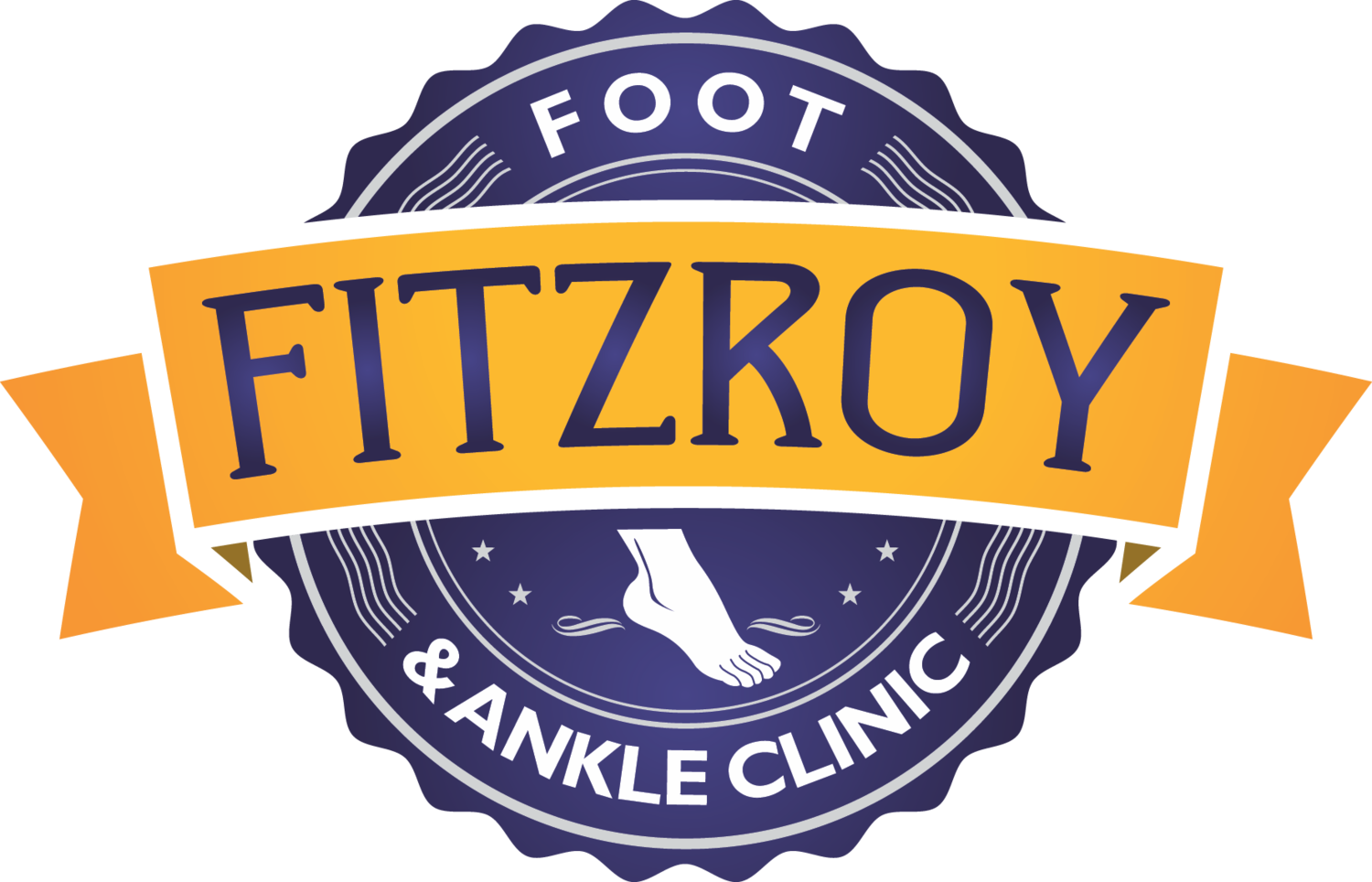As a podiatrist, and a runner, I see many patients who present with injuries of the foot, ankle or lower limb because of errors they have made in training. For that reason, I am going to share the most common training errors I see in clinic, and advise on how best to avoid making the same mistakes.
1. Too much, too soon
Let’s say your mate at work has signed up for a 10km fun run in 8 weeks time and you think it sounds like a great idea. So, you sign up too! The only problem is you haven’t been doing much running so you “cram” in some training, just like you cram study, before exams. The issue with this is that study and running aren’t the same thing and the cramming philosophy doesn’t really work when it comes to preparing for an athletic event. You might feel great for the first two weeks, maybe even four, but if your weekly mileage or intensity (often both!) increases too quickly you will almost certainly break down and never make it to the start of the 10km run!
2. Introducing intensity . . . prematurely
For athletes just starting out, or those returning to training after significant time off, establishing a large “base” is absolutely critical. This is achieved by easy running, A LOT of easy running. The idea of commencing work-outs or sessions (e.g. speed work, fartlek training or any kind of interval training) should not be considered until a substantial amount of easy running (8-12 weeks) has been achieved without injury or a break in consistency. As they say, “if you can’t do the easy stuff, you can’t do the hard stuff.” Hold back, run easy and build the base before you even contemplate introducing the faster stuff.
3. Little or no “strength and conditioning” and stretching
Full-time work, children, a social life, life admin, the list goes on! I know, I know, it’s lucky you can even fit a few runs in each week…so how or why on earth should you squeeze in low intensity activity to complement your running and assist in preventing injury? The unfortunate truth (for some) is that without strength and conditioning, stretching, the foam roller or tennis/spikey ball, your time spent out on the trails may not be as rich and plentiful as you’d like. In order to prevent injury by building a robust body it’s critical to spend some time each week on the “one percenters.”
4. Striving for unrealistic goals
You wouldn’t turn up to a house auction and bid on something substantially out of your price range, so why sign-up for a half marathon when a 5 km walk will have you reaching for the ibuprofen? It’s great to set the bar high, to dream a big dream, and go after a goal, but be realistic. Can you really put in the time to train for it? Has your body completely recovered from the last niggle? Have you taken into consideration your past performances and set a realistic goal that you can achieve, or at least come close to? Striving for something unrealistic will almost always lead to both the “too much too soon” error and the “introducing intensity prematurely” error mentioned above. So keep it real. Don’t compare yourself to others, nor the person you were 12 months ago. Don’t sell yourself short but be honest with what you can achieve, both in training, and on race day.
To discuss any of the common errors outlined above, or any other podiatric issue related to the lower limb and foot, book an appointment with Sophie or Glen at Fitzroy Foot and Ankle Clinic.

